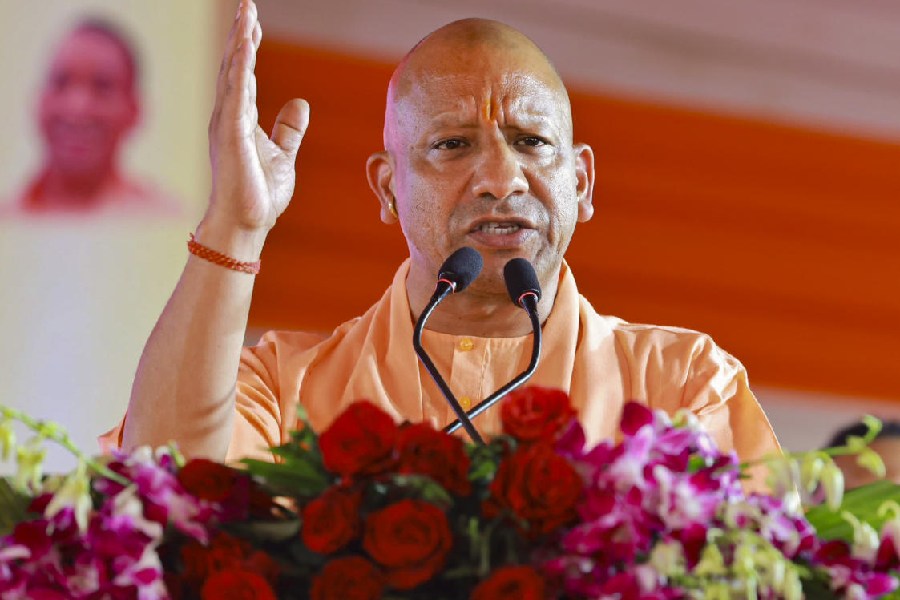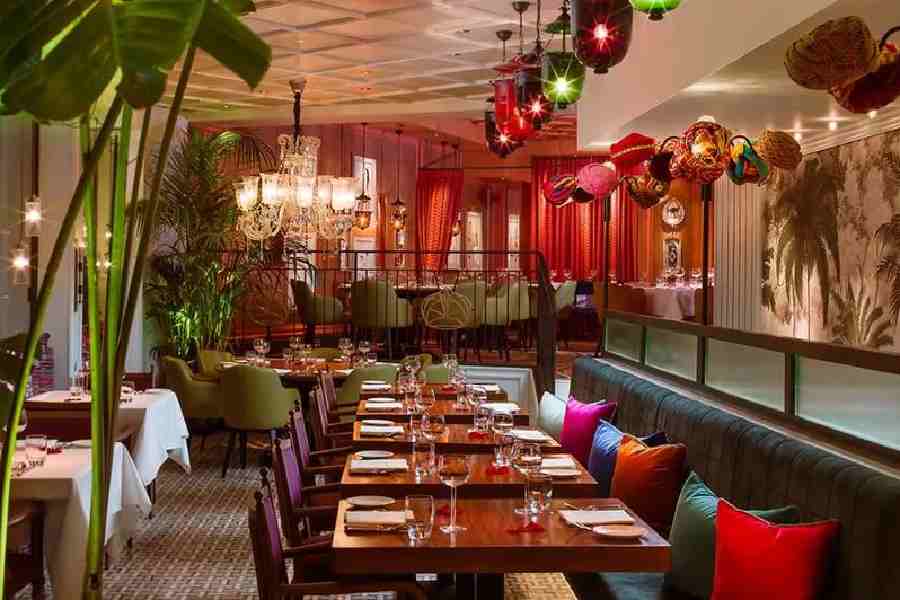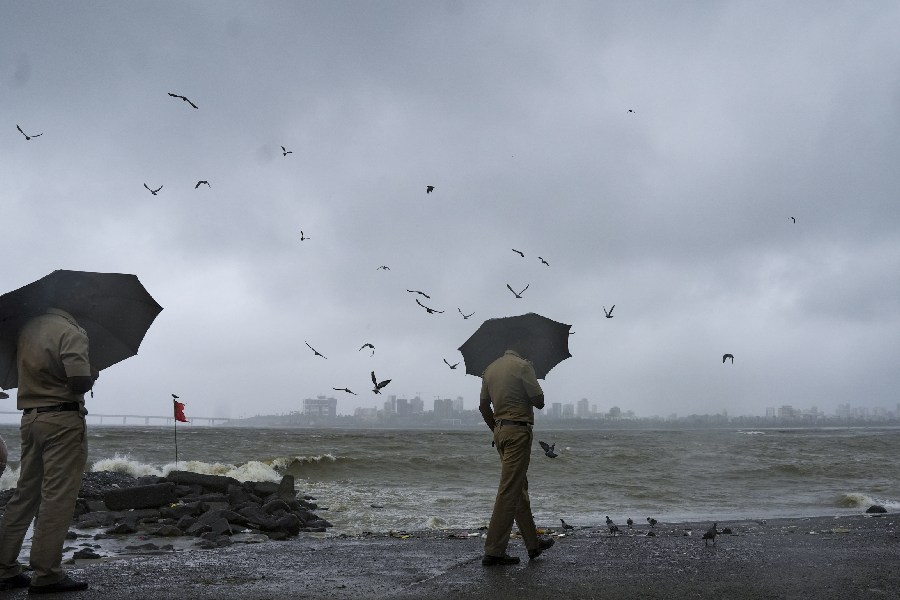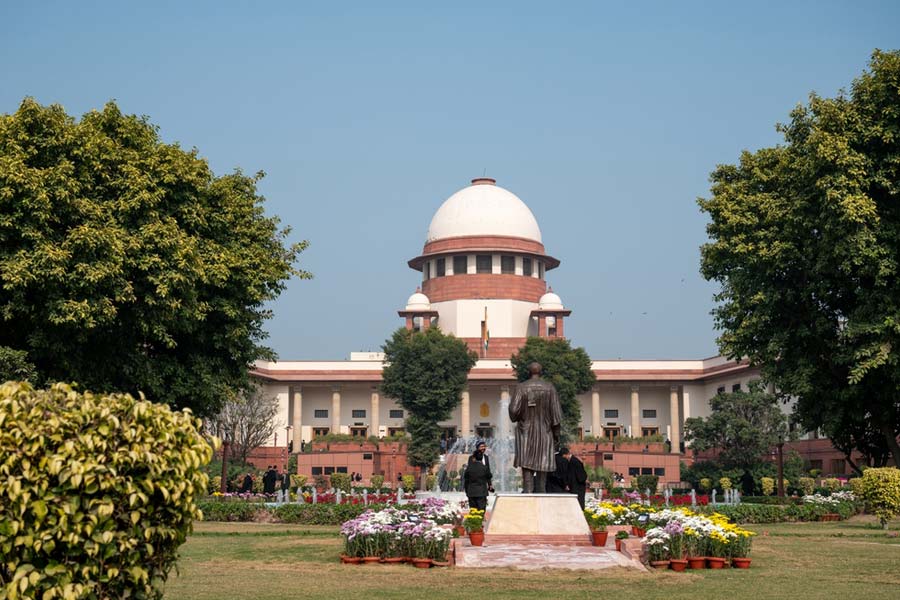 |
| Girls perform during Bihu celebration on Rang Ghar premises in Sivasagar on Monday. Picture by UB Photos |
Sivasagar, April 16: Thousands witnessed a spectacular performance of vibrant culture at the Rang Ghar bakori (courtyard), where Rongali Bihu was organised with pomp and gaiety yesterday.
Festivity enveloped the air at Rangpur, the erstwhile capital of the Ahoms, with the beating of dhol, sweet notes of mohor hingor pepa and the rhythmic music of different cultural performances, as the organisers made a noble attempt to bring back the century-old tradition of celebrating the festival here.
People in large numbers made a beeline for a glimpse of the festivity at Rang Ghar, the oldest amphitheatre in Asia.
In keeping with tradition, a symbolic Swargadeo, dressed in royal costume and enthroned on a decorated elephant, was escorted to Rang Ghar from Talatal Ghar, the royal palace. As soon as he alighted, he was greeted in traditional style amid cheers from the crowd.
Soon after the Swargadeo took his seat, cultural troupes started performing in the open-air courtyard, attracting thunderous applause from the crowd with every performance.
Cultural troupes from Arunachal Pradesh, Bihu performances by different troupes, including the Mising Bihu and Deori Bihu, Konyak Naga dance, Nepali dance and various other presentations kept the audience spellbound.
Popular folk artiste and master craftsman of traditional musical instruments Dwijen Gogoi also performed on the occasion.
He and his team played traditional musical instruments, many of them almost extinct, generating thunderous applause.
“The tradition of celebrating Rongali Bihu at Rang Ghar dates back to the Ahom era. Ahom Swargadeo (king) Rudra Singha started the tradition of celebrating Bihu here. The tradition continued till the reign of Swargadeo Purandar Singha, the last Ahom king,” Basanta Gogoi, a member of the organising committee, told The Telegraph.
“Bihu was accorded a royal status by the Ahom Swargadeos. Every year, Bihu dancers and troupes were invited to perform at the Rang Ghar courtyard,” he added.
The magnanimity of the Ahom Swargadeos and their interest in Bihu could be gauged from the fact that one of the Swargadeos, who was extremely pleased with dancer Rupohi’s performance, named a vast tract of land behind Rang Ghar as Rupohi Pathar.
“For centuries, Rupohi Pathar and Rang Ghar bakori became agog with activities during Rongali Bihu. The Swargadeo, accompanied by native rulers and tribal chieftains, watched Bihu performances, buffalo fights, wrestling and other sports and games from Rang Ghar. This also contributed to the strengthening of bond among people of different kingdoms of that time,” Gogoi said.










